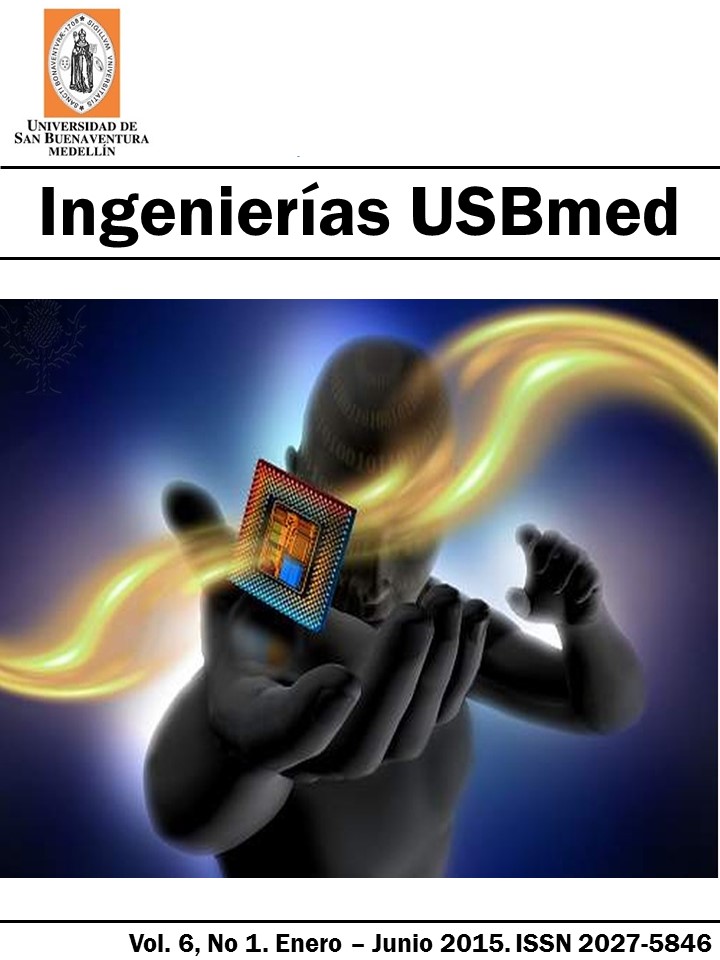View/Download
How to Cite
Moreno Perea, K. G., & Reyes López, O. (2015). Productivity improvement through cost reduction of a manufacturing line of electrical harnesses. Ingenierías USBmed, 6(1), 5–12. https://doi.org/10.21500/20275846.1719
More Citation Formats
License terms
▼
This journal provides immediately free access to its contents under the principle that make available the research results for free to the public, helps for a greater global exchange of knowledge.
Therefore, the journal invokes the Creative Commons 4.0
License attributions: Recognition – Non-commertial - Share equal. Commercial use and distribution of original or derivative works are not permitted and must be done with a equal license as the one that regulate the original work.
Abstract
Nowadays due to the great variety of automotive suppliers, the companies have adopted a cost reduction system which allow them to remain competitive for the main automotive OEM´s (Original Equipment Manufacturers). In this particular case, the studied company established as a mid-term objective the improvement of the productivity in one of its production lines that produced automotive electrical harnesses of the Clutch Jumper family during two work shifts, using thirty five direct operators per shift. Through the development of a resource optimization planning model, at the end of this research project, the manufacturing process in a single work shift was accomplished, thus optimizing the number of required operators, material handling equipment, electrical devices and natural resources. This without affecting neither the daily production rate nor the quality of the finished harnesses.
References
[1] D. Vykydal, J. Plura, P. Halfarová, R. Fabík, and P. Klaput, “Use of quality planning methods in optimizing welding wire quality characteristics,” Metalurgija, vol. 4, pp. 529-532, 2013.
[2] A. C. Santos, y M. V. Rodríguez, “La productividad del trabajo del trabajador del conocimiento,” Artigo, vol. 29, pp. 421-436, 2010.
[3] R. Daghani, M. Nasr, and M. Khanbeigi. “Productivity, new paradigm for management, accountant and business environment,” International journal of business and management, vol. 6, pp. 247-262, 2011.
[4] F. Gryna, R. Chua y J. Defeo, “Conceptos básicos,” en Método Juran análisis y planeación de la calidad, 5ta ed., P. E. Roig, Ed. México, McGraw-Hill, 2007, pp.9-26.
[5] H. Rincón de Parra, “Calidad, productividad y costos: análisis de relaciones entre estos tres conceptos,” Actualidad contable faces, vol. 4, pp. 49-61, 2001.
[6] J. Domínguez, “Optimización simultánea para la mejora continua y reducción de costos en procesos,” Ingeniería y Ciencias, vol. 2, pp. 147-162, 2006.
[7] H. Pulido y A. T. Quirarte, “Planeación avanzada de la calidad del producto (APQP); conceptos básicos y un caso práctico,” E-Gnosis, vol.5, pp. 1-14, 2007.
[8] K. Sanongpong, “Automotive product realization; a process-based management,” IMECS, vol. 2, pp. 1-7, 2009.
[9] AIAG, ASQ, Advanced product quality planning (APQP) and control plan, 2da ed., Troy, U.S.A.: AIAG, 1995, p. 155.
[10] B. Niebel and A. Freivalds, Métodos, estándares y diseño del trabajo, 11va ed., México: Alfaomega, 2004, p. 745.
[2] A. C. Santos, y M. V. Rodríguez, “La productividad del trabajo del trabajador del conocimiento,” Artigo, vol. 29, pp. 421-436, 2010.
[3] R. Daghani, M. Nasr, and M. Khanbeigi. “Productivity, new paradigm for management, accountant and business environment,” International journal of business and management, vol. 6, pp. 247-262, 2011.
[4] F. Gryna, R. Chua y J. Defeo, “Conceptos básicos,” en Método Juran análisis y planeación de la calidad, 5ta ed., P. E. Roig, Ed. México, McGraw-Hill, 2007, pp.9-26.
[5] H. Rincón de Parra, “Calidad, productividad y costos: análisis de relaciones entre estos tres conceptos,” Actualidad contable faces, vol. 4, pp. 49-61, 2001.
[6] J. Domínguez, “Optimización simultánea para la mejora continua y reducción de costos en procesos,” Ingeniería y Ciencias, vol. 2, pp. 147-162, 2006.
[7] H. Pulido y A. T. Quirarte, “Planeación avanzada de la calidad del producto (APQP); conceptos básicos y un caso práctico,” E-Gnosis, vol.5, pp. 1-14, 2007.
[8] K. Sanongpong, “Automotive product realization; a process-based management,” IMECS, vol. 2, pp. 1-7, 2009.
[9] AIAG, ASQ, Advanced product quality planning (APQP) and control plan, 2da ed., Troy, U.S.A.: AIAG, 1995, p. 155.
[10] B. Niebel and A. Freivalds, Métodos, estándares y diseño del trabajo, 11va ed., México: Alfaomega, 2004, p. 745.
Downloads
Download data is not yet available.














